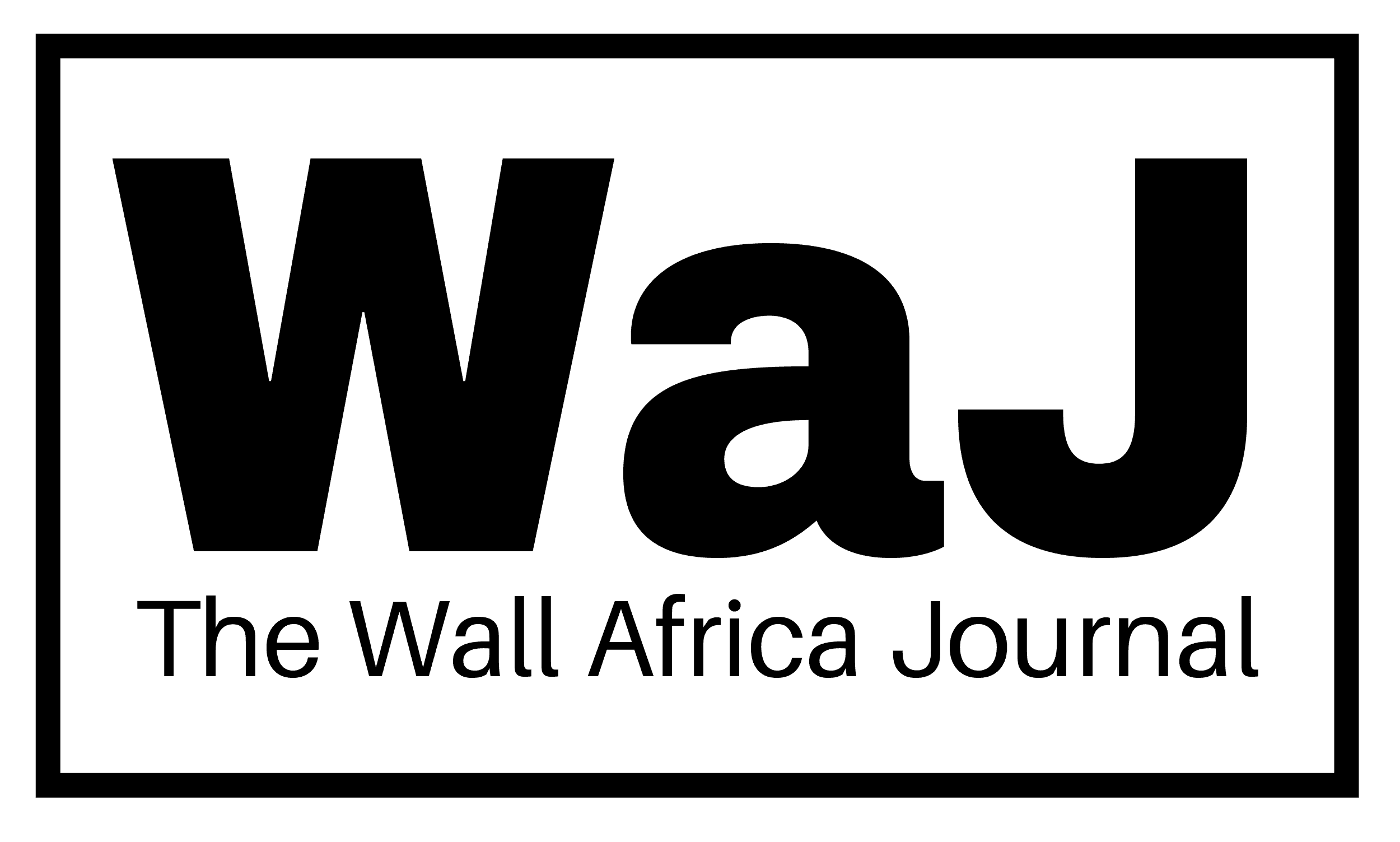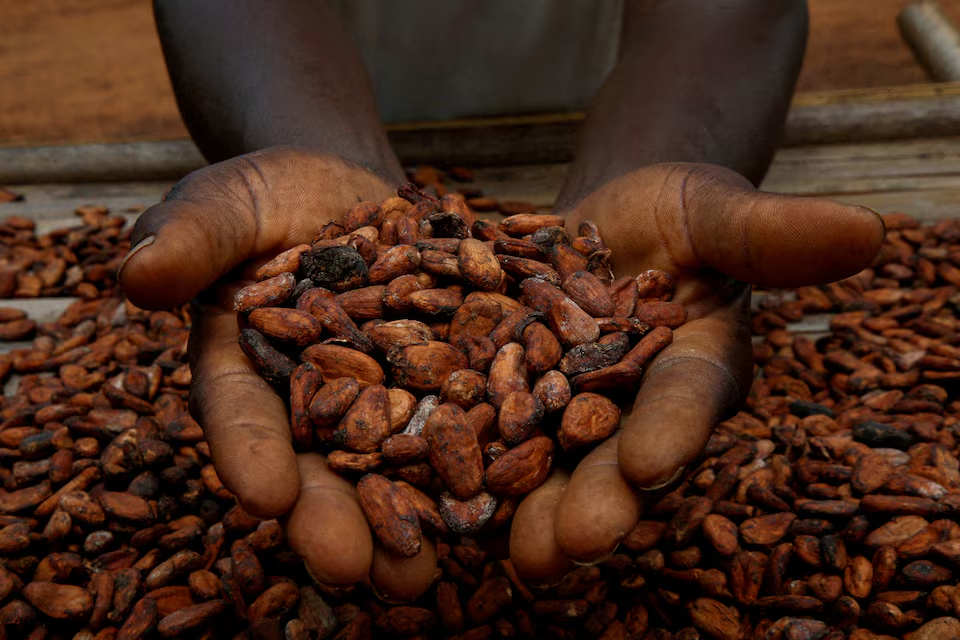Cocoa farmers in Ivory Coast are urging for heavier and more consistent rainfall to support the final stages of the April-to-September midcrop season, following a week of below-average precipitation across key production areas.
As the leading global supplier of cocoa, Ivory Coast relies heavily on its April to mid-November rainy season. This period typically brings the level of moisture necessary for healthy pod development and successful harvests. However, recent weather conditions have raised concern among growers, who fear that insufficient rain could affect the quality and quantity of beans expected later in the season.
In major cocoa-growing zones like Soubre, located in the southwest, rainfall has fallen well short of seasonal norms. The region recorded only 0.8 millimeters of rain last week—28.5 millimeters below the five-year average. Farmers in the area report a high number of small and medium pods on trees, many of which require significant moisture in the coming weeks to mature properly.
Further shortfalls were reported in the southern regions of Agboville and Divo, as well as in Abengourou in the east. Central and west-central regions, including Daloa, Bongouanou, and Yamoussoukro, also experienced erratic rainfall patterns that threaten to disrupt pod development.
In Daloa, for example, just 4.5 millimeters of rain were recorded last week—17.8 millimeters below the regional average. Farmers there warned that if rain levels do not improve by the end of May, the result could be a significantly smaller yield during the latter part of the midcrop.
Growers emphasized that May and June are critical months. The moisture from these months influences how well the cocoa pods mature for harvesting in August and September. If the rains do not come in time, many of the developing pods risk drying out or failing to reach harvest quality.
Despite the dry spell, harvesting has begun to pick up pace in some areas. Farmers expect the volume of available beans to continue rising until the end of June. So far, the quality of the harvested cocoa has been reported as good, with buyers responding positively to what’s currently being delivered.
Throughout the past week, temperatures across the cocoa belt ranged between 27.4 and 31.1 degrees Celsius. While these conditions are typical for the season, they have done little to offset the impact of below-average rainfall.
As the season progresses, cocoa producers remain hopeful that heavier rains will arrive in time to secure the midcrop. Without it, the world’s cocoa market could face potential supply challenges in the months ahead.



